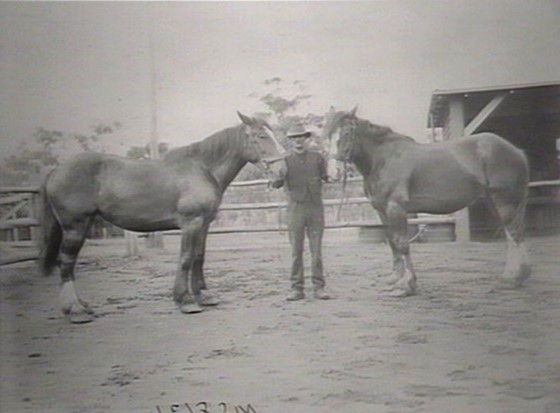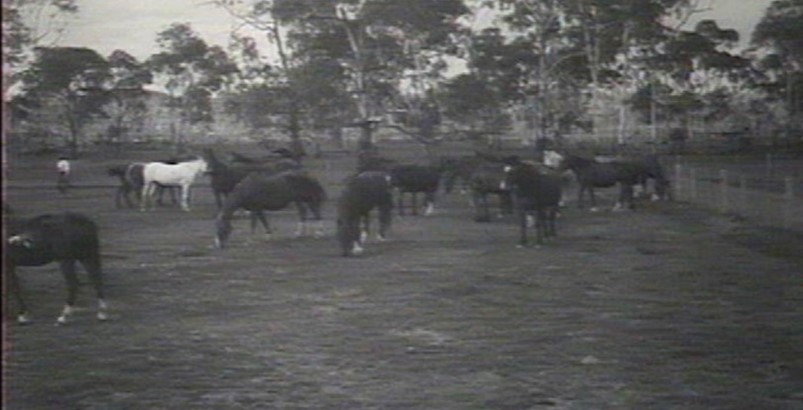Glen Innes Experimental Farm
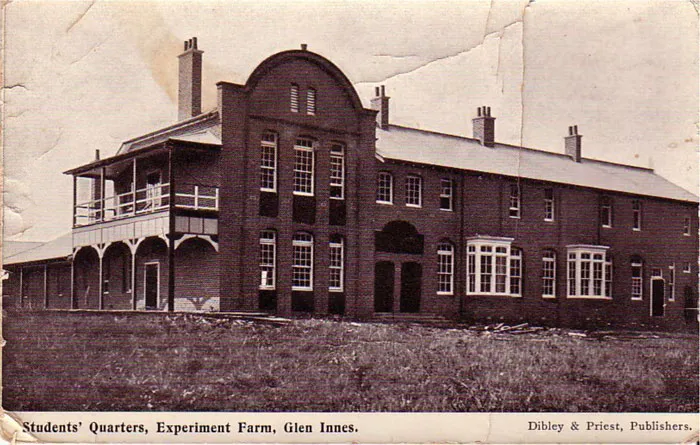
From Waler Data Base @FaceBook. Image: Student Quarters, Glen Innes Farm
In our horse days, the government ran many excellent experimental farms. These were also training schools for those going into any of the many branches of agriculture.
In NSW experimental farms thrived at Grafton, Cowra, Bathurst, Moree, Yanco, Wollongbar and Glen Innes (and probably elsewhere). This meant experiments could be tailored for different climatic and soil conditions.
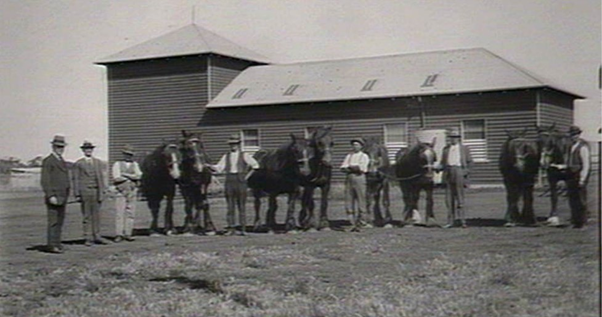
All images used are from December 1921, State Library of NSW.
At Glen Innes, like the others, a wide variety of farm crops were grown – many grasses including native grasses, clovers; oat and wheat varieties, potatoes, pumpkins, many types of fruit (including over 150 apple varieties), many breeds of sheep both wool and meat sorts including Leicester, Border Leicester, Merino, Lincoln, Romney Marsh, Dorset Horn, South Down, Suffolk, Shropshire, Hampshire Down, and cattle being Ayrshires – many prize winners for their production. In 1908 they showed 20 pens of sheep at Glen Innes show.
Also at Tamworth, Great White Yorkshire, Large Black and Berkshire pigs.
In 1906, seventeen types of wheat were grown. They exhibited at local shows, a great opportunity for farmers to examine what they were growing and how. There were also popular open days. They invented some useful farm machinery too.
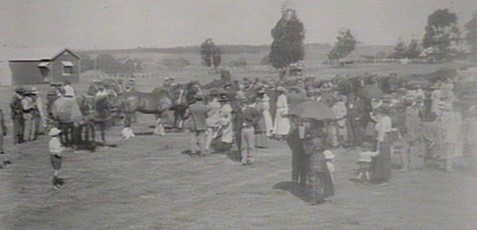
The experiments with grain and wool were of enormous benefit to farmers, finding rust resistant wheat varieties and the best crosses for medium wool and fast maturing hardy sheep and so on. It saved farmers wasting a lot of time with timing of planting and varieties.
Different experts were in charge of different aspects of the farm. Mr James Brown was in charge of horses in 1916. They had some good Clydesdales then, of show winning quality. Experiments had been done fattening the horses including mares and foals on perennial red clover, which was a success. The clover got to almost 4 feet high! (we all know how much horses like white clover, ha!)
